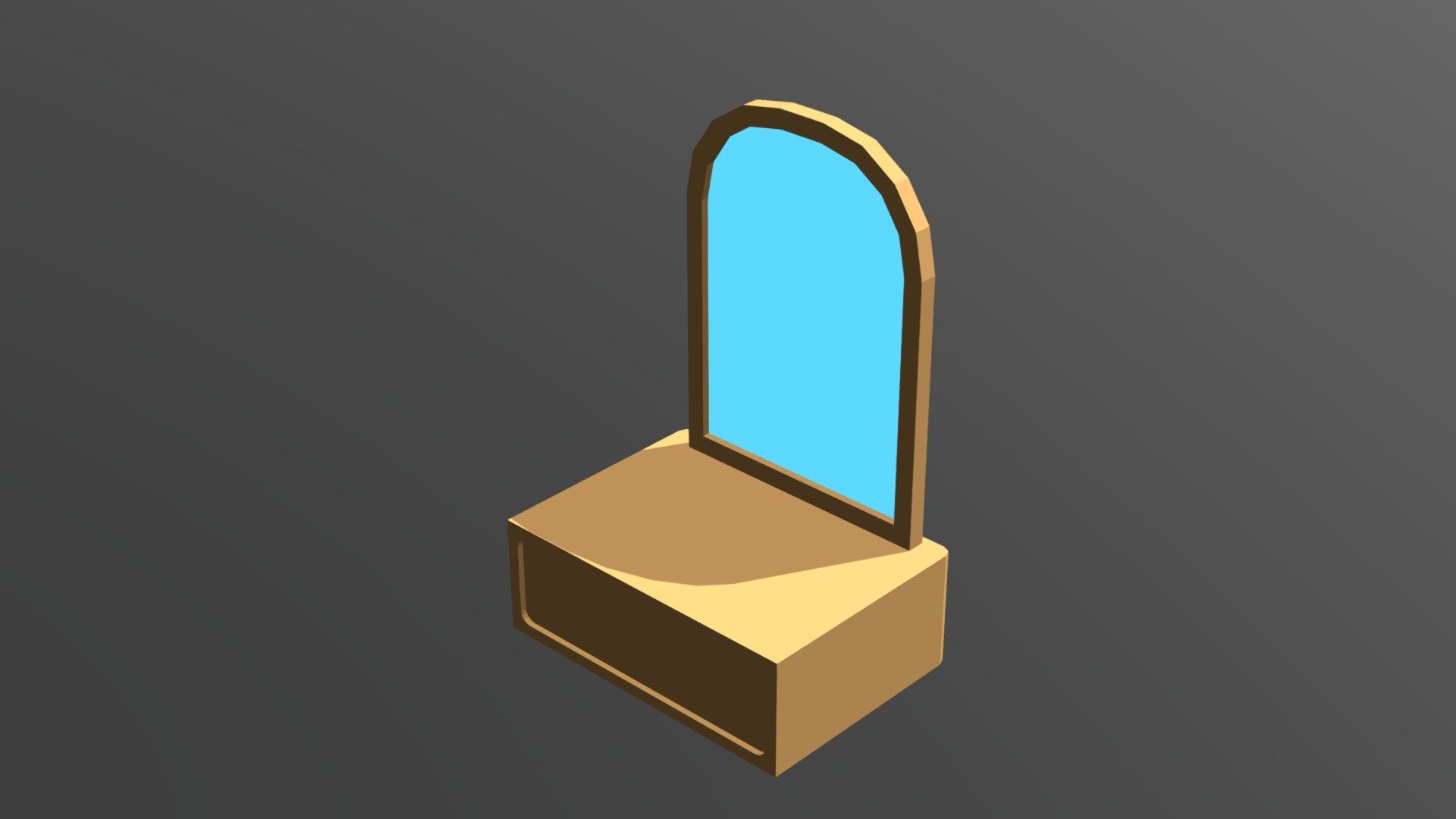
Dressing T
sketchfab
Crafting a minimalist dressing table design in Blender 2.79 requires skillful use of low-poly modeling techniques. To begin, start by creating a new project and setting your units to millimeters. This will help you achieve precision in your measurements. Next, switch to the mesh modeling workspace, where you'll create the base of the dressing table using a combination of cubes and extrusions. Begin by extruding a cube to form the tabletop's foundation, then add additional cubes to shape the legs. Use Blender's snap feature to precisely position these elements and ensure they're evenly spaced. For added stability, consider adding a small supporting beam beneath the center of the table. Once you have your base model assembled, it's time to refine its appearance by applying textures and materials. You can use Blender's built-in texture painting tools or import custom textures from other sources. For a low-poly look, opt for simple, bold colors and patterns that don't require excessive detail. Apply these textures directly to the model using Blender's material editor, then adjust their settings as needed to achieve the desired appearance. Finally, use Blender's render engine to bring your design to life. Experiment with different lighting setups and camera angles to find the perfect composition for your minimalist dressing table design.
With this file you will be able to print Dressing T with your 3D printer. Click on the button and save the file on your computer to work, edit or customize your design. You can also find more 3D designs for printers on Dressing T.
